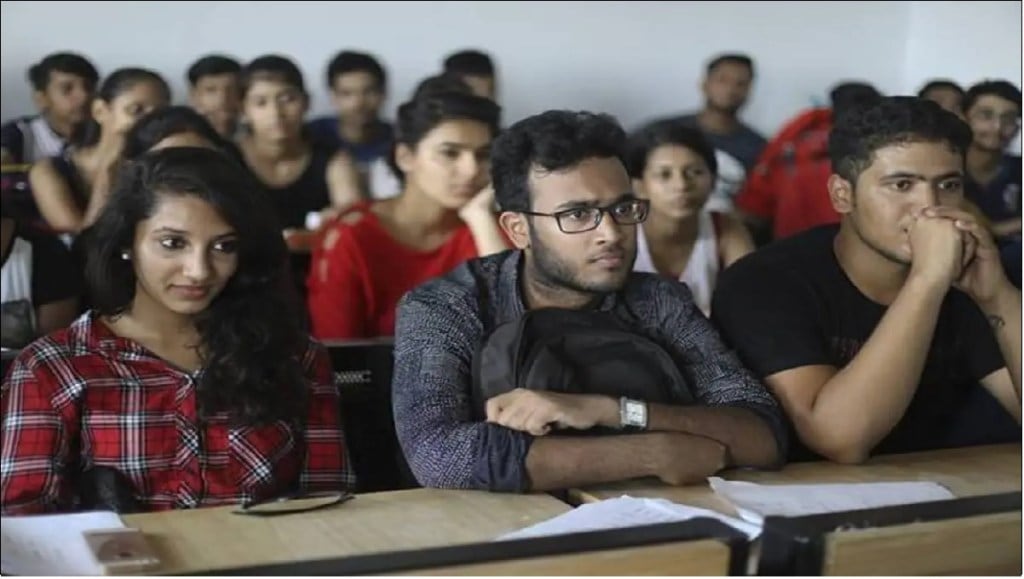Science and Arts have emerged as the most favoured streams among students over the past decade, while commerce has experienced stagnation, with only 14% of students opting for it, according to a study conducted by the Ministry of Education. The study, which assessed the results of Class 10 and 12 board exams, highlighted significant disparities in stream preferences among different states. “Only two percent students in Andhra Pradesh, Tamil Nadu and Telangana opt for Arts stream but in states like Tripura and Gujarat over 82% students choose the stream while in states like Punjab and Rajasthan the percentage of such students is above 70,” it said.
The popularity of the science stream is notably low in Punjab, Haryana, and Assam, with only approximately 17% of students opting for it. In contrast, states like Andhra Pradesh, Telangana, and Tamil Nadu witness more than 60% of students choosing science as their field of study after completing class 12, as per the study. Additionally in Goa and Karnataka, the distribution of students across major streams is nearly similar. The assessment conducted by the Ministry of Education identified several challenges, including a significant disparity in performance among students from different boards, considerable variation in pass percentages, and an absence of a level playing field in terms of academic standards for students. “This difference between pass percentages of various states has led the education ministry to now look at standardising the assessment pattern for all 60 school boards across states in the country,” Sanjay Kumar, school education secretary, said.
Currently, India has three central boards responsible for education, namely the Central Board of Secondary Education (CBSE), the Council for the Indian School Certificate Examinations (CISCE), and the National Institute of Open Schooling (NIOS). In addition to these central boards, each state has its own individual state boards, resulting in a total of 60 school boards across the country. The study conducted an analysis of the grade 10 and 12 results for state boards in Andhra Pradesh, Assam, Karnataka, Kerala, Manipur, Odisha, West Bengal, and Telangana to examine the variations in results among different state boards. Based on the report, all states have been urged to focus on the standardisation process of assessments. “A meeting in this regard was held earlier this month wherein the presentation was shared with the states and concerns about developing a common assessment system was discussed,” Kumar added.
Furthermore, the report highlighted that 11 states account for 85% of the school dropouts in India. These states are Uttar Pradesh, Bihar, Madhya Pradesh, Gujarat, Tamil Nadu, Rajasthan, Karnataka, Assam, West Bengal, Haryana, and Chhattisgarh. The report pointed out several possible causes for the higher failure rate in state boards, including a shortage of trained teachers and an insufficient number of teachers per school. These factors contribute to a low Gross Enrolment Ratio (GER) and also impact India’s ranking in global indices related to education.
With inputs from PTI.
Follow us on Twitter, Facebook, LinkedIn

